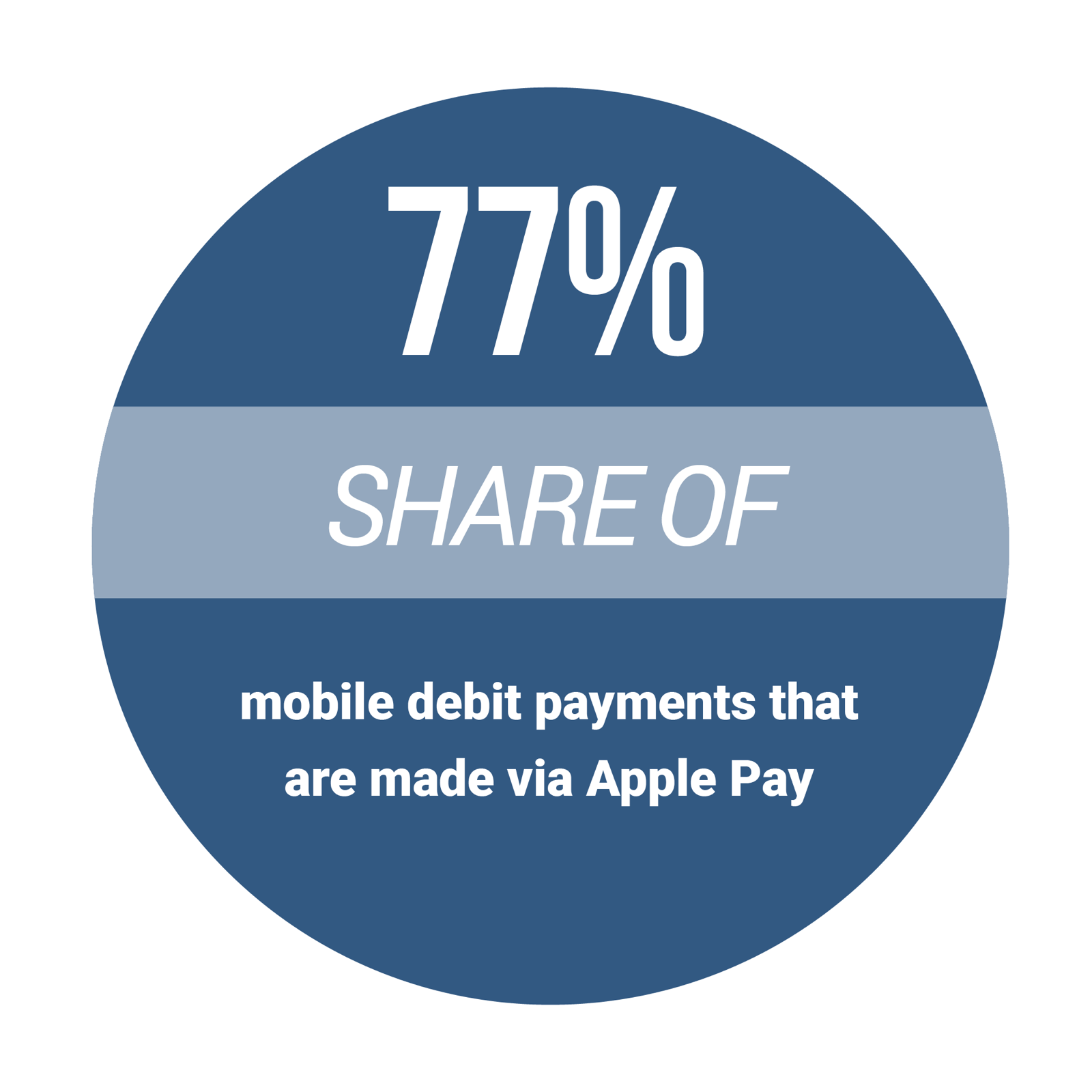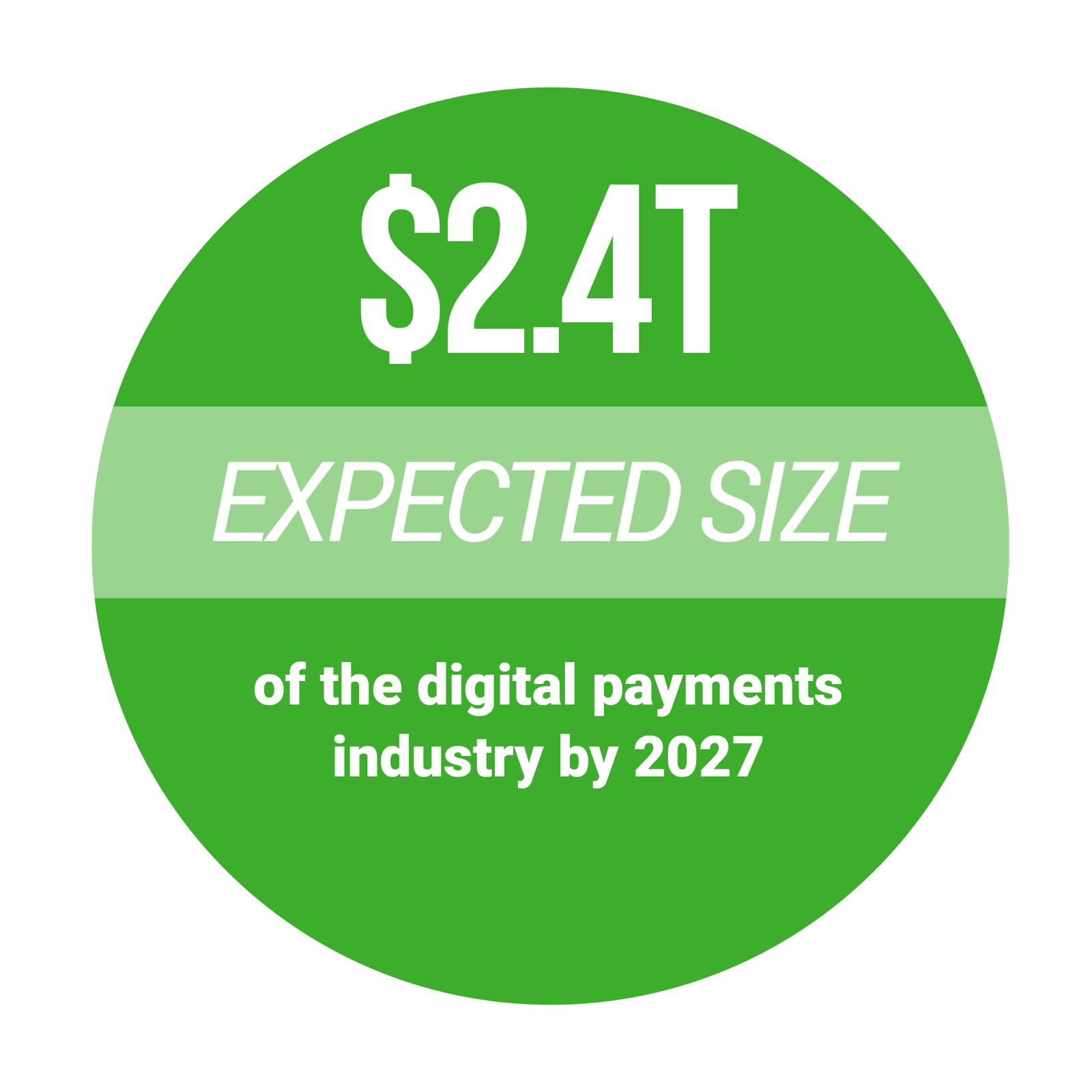TRENDING: BigCommerce On How Platforms Solve Big eCommerce Payment Complexities

![]() When consumers make a purchase online or through a mobile app, they expect the process to be simple and secure. However, they also expect to be able to pay using the method of their choosing, and in their local currency. That puts pressure on eTailers that are increasingly finding themselves in competition with merchants from around the world.
When consumers make a purchase online or through a mobile app, they expect the process to be simple and secure. However, they also expect to be able to pay using the method of their choosing, and in their local currency. That puts pressure on eTailers that are increasingly finding themselves in competition with merchants from around the world.
In the latest Payments Powering Platforms Tracker, PYMNTS explores the latest efforts by industry giants and platform powerhouses to improve their payment experiences and make their offerings more enticing to consumers globally.
 Around The Payment Platforms World
Around The Payment Platforms World
While eCommerce may not be a new phenomenon, online and mobile sales continue to grow on an international scale, particularly in developing regions as internet connectivity and mobile usage improves.
Recently published research indicated that online sales saw 14 percent year-over-year growth overall, as well as impressive increases in developing markets such as Africa, Asia and Latin America, where eCommerce has grown by 18 percent, 28 percent and 25 percent, respectively. As eCommerce revenues continue to grow in these markets and others, merchants have to work to compete in both domestic and international markets.
In Europe, for example, as the number of mobile internet users continues to grow, eCommerce platform provider PayU recently partnered with Google Pay. The move allows PayU’s merchants to accept Google Pay for transactions, and builds on an earlier effort in 2016 in which Google partnered with PayU to implement the solution, then known as Android Pay.
Shopify, meanwhile, forged a new alliance with Venmo. The company recently announced it would allow merchants using PayPal Checkout to add Venmo as a checkout option. In a blog post, Shopify said the move aims to help the company reach more consumers, offer additional popular checkout options, reduce shopping cart abandonment and increase sales.
To read more on these stories and other headlines from around the space, check out the Tracker’s News and Trends section.
How Choice Sets Platform Providers Apart From The Competition
Shopify, of course, isn’t the only company turning to new payment methods for a sales boost.
BigCommerce, for instance, an eCommerce payment platform provider, has looked to partnerships and integrations to help the company accept a wider range of payment methods and currencies, according to Jimmy Duvall, the company’s chief product officer. In a recent interview with PYMNTS, he said that BigCommerce has helped merchants stand apart from the competition by accepting payment options that are popular in various regions. For example, mobile wallets like WeChat Pay and Alipay are popular in Asia, while bank transfers are more popular among Europeans.
“We’ve got a lot of local payment methods,” Duvall said. “It’s really about choice, and making sure our platform is not restricting what our merchants can do, so we’re very open in that regard. We try to support tons of different gateways and payment options for that exact reason.”
In this month’s Tracker, Duvall explains how the company works to help merchants accept new payment methods, offer multi-currency acceptance capabilities and serve a global user base.
About The Tracker
The Payments Powering Platforms Tracker, powered by WePay, serves as a monthly framework for the space, providing coverage of the most recent news and trends, along with a provider directory that highlights the key players contributing across the payments-integrated platform ecosystem.
